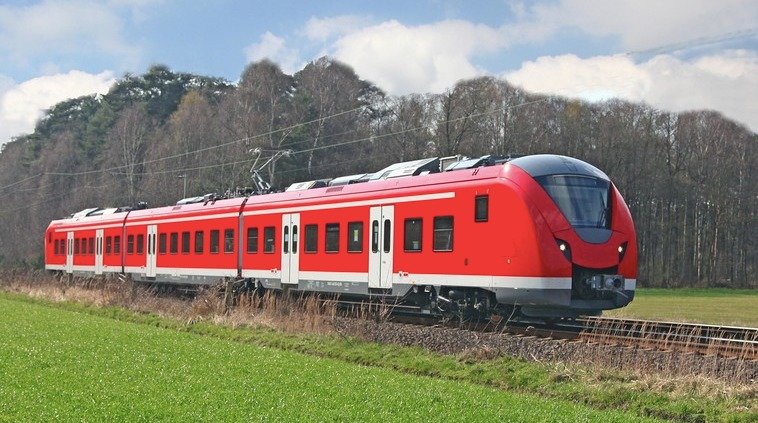railway-usa.com
01
'21
Written on Modified on
ALSTOM News
Alstom’s forward-looking technology making Germany’s railways fit for the future
Alstom to install digital interlocking in Coburg for Deutsche Bahn.

Alstom will install a digital interlocking in Coburg, Germany on behalf of DB Netz AG, a subsidiary of Deutsche Bahn AG (DB), on the Lichtenfels-Coburg-Sonneberg line section in Bavaria and Thuringia to support DB’s Digitale Schiene Deutschland programme. Once installed, the technology will begin transmitting rail control information digitally, increasing the line’s passenger capacity and reliabilty while reducing CO2 emissions.
Digitalising rail interlockings is one of the key steps in introducing European Train Control (ETCS) in Germany and DB plans to digitalise its interlockings and railway network by 2035 to make the nation’s rail lines fit for the future. To support DB’s goals, the German government is financing the implementation of new digital interlocking technology on seven regional lines as part of a Coronavirus stimulus package valued at €500 million.
“For Alstom, it is another special milestone to be involved in the digital revolution of the German rail network. We are committed to serving Deutsche Bahn with the latest standards in digital trackside equipment, making rail more reliable, more efficient and fit for a sustainable future in Europe,” said Michael Konias, Head of Digital & Integrated Systems for Alstom in Germany, Austria and Switzerland.
Dr. Kristian Weiland, Head of Digital Rail Germany, Deutsche Bahn AG: "We are now in turbo-mode with Digitale Schiene Deutschland. This year, together with our partner Alstom, we will start digitalising our interlocking in Coburg where rail passengers will benefit from a larger and more reliable rail service."
By the end of 2023, Alstom will replace the existing interlockings on the Sonneberg-Coburg-Lichtenfels section with a digital interlocking solution. From then, control commands will no longer be transmitted electrically, or even mechanically, but rather from a high-performance fibre optic cable and data network to control elements that monitor vacancy signals, switches, and other information. This new technology will not only meet the most modern communications requirements, but also make the system less susceptible to interruption.
The development of this new interlocking technology has been a key element in DB’s digitalization strategy and, during this innovation phase, the project will create a uniform operating system with standardised interfaces between ETCS and digital interlockings. With this in place, rail vehicles and infrastructure will communicate and operate smoothly as part of a digital railway, regardless of the underlying technology or previous equipment provider. Alstom and DB Netz AG also plan to simplify and accelerate processes within the project to support its successful execution.
Alstom is the world leader in ETCS, with projects in 30 countries with its Atlas ERTMS digital signalling solutions allowing trains to run at higher speeds without physical lineside signals. The company is a major supplier of onboard and trackside ETCS equipment representing 70% of the world’s onboard rail systems in service and 18,000 kilometres of track worldwide. To date, trains equipped with Alstom’s digital onboard signaling technology, including DB's high-speed ICE 3 fleet, have covered more than 250 million kilometers. With its entry into trackside digital control and safety technology in Germany, Alstom is now expanding its signaling portfolio and reinforcing its prominent position in digital mobility solutions in the European market.
As part of Germany’s Economic Stimulus Package, six other rail infrastructure digitalisation projects are receiving investment funds. For example, the Ansbach - Triesdorf railway line project has been awarded to InoSig GmbH (part of the Alstom Group since 29 January 2021). The high-performance interlocking system uses an internet protocol-based (IP) architecture. With the associated replacement of the old technology with modern technology, an important contribution is being made to increasing the safety of the railway infrastructure as well as its availability.
Alstom is ideally positioned to shape the digitalisation of the railway sector with innovative solutions, in Germany and across the globe with around 13,000 employees worldwide dedicated to signalling, smart mobility and cybersecurity.
www.alstom.com

